MARIE CURIE
Born: 7 November 1867
Warsaw, Congress Poland, Russian Empire
Died: 4 July 1934 (aged 66)
Passy, Haute-Savoie France

EARLY YEARS

Maria Skłodowska was born in Warsaw, in Congress Poland in the Russian Empire, on 7 November 1867. On both the paternal and maternal sides, the family had lost their property and fortunes through patriotic involvements in Polish national uprisings aimed at restoring Poland's independence (the most recent had been the January Uprising of 1863–65). This condemned the subsequent generation, including Maria and her elder siblings, to a difficult struggle to get ahead in life. Maria's paternal grandfather, Józef Skłodowski, had been principal of the Lublin primary school attended by Bolesław Prus, who became a leading figure in Polish literature.
Władysław Skłodowski taught mathematics and physics, subjects that Maria was to pursue, and was also director of two Warsaw gymnasia (secondary schools) for boys. After Russian authorities eliminated laboratory instruction from the Polish schools, he brought much of the laboratory equipment home and instructed his children in its use. Maria's mother Bronisława operated a prestigious Warsaw boarding school for girls; she resigned from the position after Maria was born. She died of tuberculosis in May 1878, when Maria was ten years old. Less than three years earlier, Maria's oldest sibling, Zofia, had died of typhus contracted from a boarder. Maria's father was an atheist; her mother a devout Catholic. The deaths of Maria's mother and sister caused her to give up Catholicism and become agnostic.
When she was ten years old, Maria began attending the boarding school of J. Sikorska; next, she attended a gymnasium for girls, from which she graduated on 12 June 1883 with a gold medal. Unable to enroll in a regular institution of higher education because she was a woman, she and her sister Bronisława became involved with the clandestine Flying University, a Polish patriotic institution of higher learning that admitted women students.
NEW ELEMENTS
-
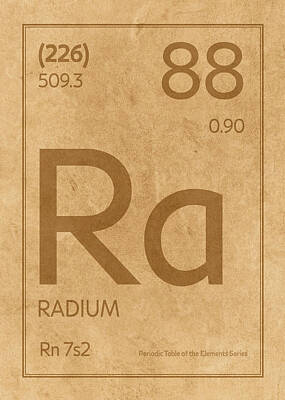 Curie's systematic studies included two uranium minerals, pitchblende and torbernite (also known as chalcolite). Her electrometer showed that pitchblende was four times as active as uranium itself, and chalcolite twice as active. She concluded that, if her earlier results relating the quantity of uranium to its activity were correct, then these two minerals must contain small quantities of another substance that was far more active than uranium. She began a systematic search for additional substances that emit radiation, and by 1898 she discovered that the element thorium was also radioactive. Pierre Curie was increasingly intrigued by her work. By mid-1898 he was so invested in it that he decided to drop his work on crystals and to join her.
Curie's systematic studies included two uranium minerals, pitchblende and torbernite (also known as chalcolite). Her electrometer showed that pitchblende was four times as active as uranium itself, and chalcolite twice as active. She concluded that, if her earlier results relating the quantity of uranium to its activity were correct, then these two minerals must contain small quantities of another substance that was far more active than uranium. She began a systematic search for additional substances that emit radiation, and by 1898 she discovered that the element thorium was also radioactive. Pierre Curie was increasingly intrigued by her work. By mid-1898 he was so invested in it that he decided to drop his work on crystals and to join her. -
 The Curies sought to isolate polonium and radium in pure form. The discovery of polonium had been relatively easy; chemically it resembles the element bismuth, and polonium was the only bismuth-like substance in the ore. Radium, however, was more elusive; it is closely related chemically to barium, and pitchblende contains both elements. By 1898 the Curies had obtained traces of radium, but appreciable quantities, uncontaminated with barium, were still beyond reach. The Curies undertook the arduous task of separating out radium salt by differential crystallization. In 1910, she isolated pure radium metal. She never succeeded in isolating polonium, which has a half-life of only 138 days. Between 1898 and 1902, the Curies published a total of 32 scientific papers, including one that announced that, when exposed to radium, tumour-forming cells were destroyed faster than healthy cells.
The Curies sought to isolate polonium and radium in pure form. The discovery of polonium had been relatively easy; chemically it resembles the element bismuth, and polonium was the only bismuth-like substance in the ore. Radium, however, was more elusive; it is closely related chemically to barium, and pitchblende contains both elements. By 1898 the Curies had obtained traces of radium, but appreciable quantities, uncontaminated with barium, were still beyond reach. The Curies undertook the arduous task of separating out radium salt by differential crystallization. In 1910, she isolated pure radium metal. She never succeeded in isolating polonium, which has a half-life of only 138 days. Between 1898 and 1902, the Curies published a total of 32 scientific papers, including one that announced that, when exposed to radium, tumour-forming cells were destroyed faster than healthy cells.
NOBEL PRIZE
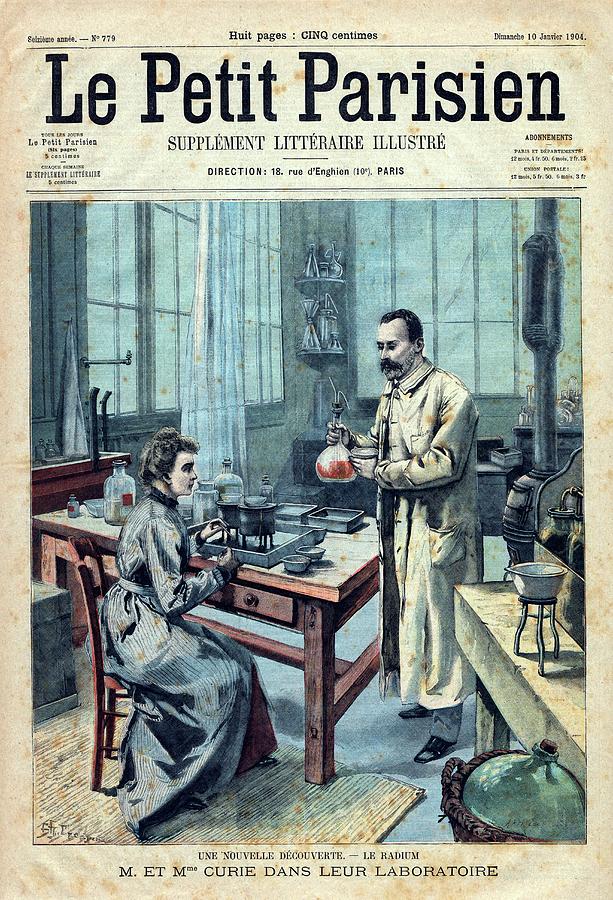
In December 1903, the Royal Swedish Academy of Sciences awarded Pierre Curie, Marie Curie, and Henri Becquerel the Nobel Prize in Physics, "in recognition of the extraordinary services they have rendered by their joint researches on the radiation phenomena discovered by Professor Henri Becquerel." At first the committee had intended to honour only Pierre Curie and Henri Becquerel, but a committee member and advocate for women scientists, Swedish mathematician Magnus Gösta Mittag-Leffler, alerted Pierre to the situation, and after his complaint, Marie's name was added to the nomination. Marie Curie was the first woman to be awarded a Nobel Prize.
Curie and her husband declined to go to Stockholm to receive the prize in person; they were too busy with their work, and Pierre Curie, who disliked public ceremonies, was feeling increasingly ill. As Nobel laureates were required to deliver a lecture, the Curies finally undertook the trip in 1905. The award money allowed the Curies to hire their first laboratory assistant. Following the award of the Nobel Prize, and galvanized by an offer from the University of Geneva, which offered Pierre Curie a position, the University of Paris gave him a professorship and the chair of physics, although the Curies still did not have a proper laboratory. Upon Pierre Curie's complaint, the University of Paris relented and agreed to furnish a new laboratory, but it would not be ready until 1906.
LEGACY
-
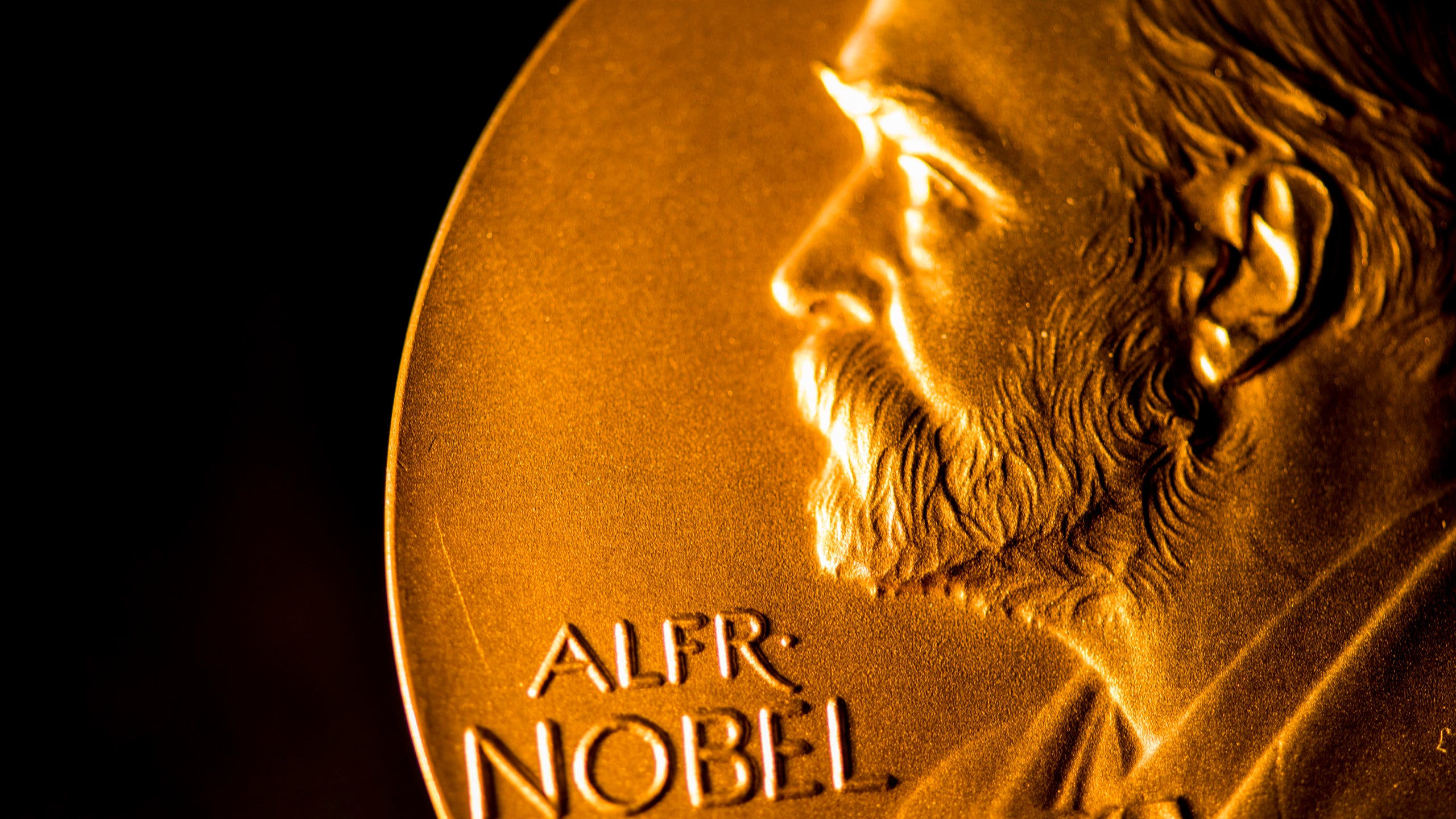 Nobel Prize in Physics (1903)The Nobel Prize in Physics is a yearly award given for those who have made the most outstanding contributions for mankind in the field of physics. She was awarded half of the Nobel Prize for Physics, for her study into the spontaneous radiation discovered by Becquerel, who was awarded the other half of the Prize.
Nobel Prize in Physics (1903)The Nobel Prize in Physics is a yearly award given for those who have made the most outstanding contributions for mankind in the field of physics. She was awarded half of the Nobel Prize for Physics, for her study into the spontaneous radiation discovered by Becquerel, who was awarded the other half of the Prize. -
 Davy Medal (1903)The Davy Medal is awarded to an outstanding researcher in the field of chemistry. The medal is named after Humphry Davy FRS, the chemist and inventor of the Davy Lamp, and was first awarded in 1877. Marie Curie was awarded the Davy Medal in 1903 together with her husband as a result of their research on new radiations.
Davy Medal (1903)The Davy Medal is awarded to an outstanding researcher in the field of chemistry. The medal is named after Humphry Davy FRS, the chemist and inventor of the Davy Lamp, and was first awarded in 1877. Marie Curie was awarded the Davy Medal in 1903 together with her husband as a result of their research on new radiations. -
 Matteucci Medal (1904)The Matteucci Medal is an Italian award for physicists, named after Carlo Matteucci from Forlì. It was established to award physicists for their fundamental contributions.
Matteucci Medal (1904)The Matteucci Medal is an Italian award for physicists, named after Carlo Matteucci from Forlì. It was established to award physicists for their fundamental contributions. -
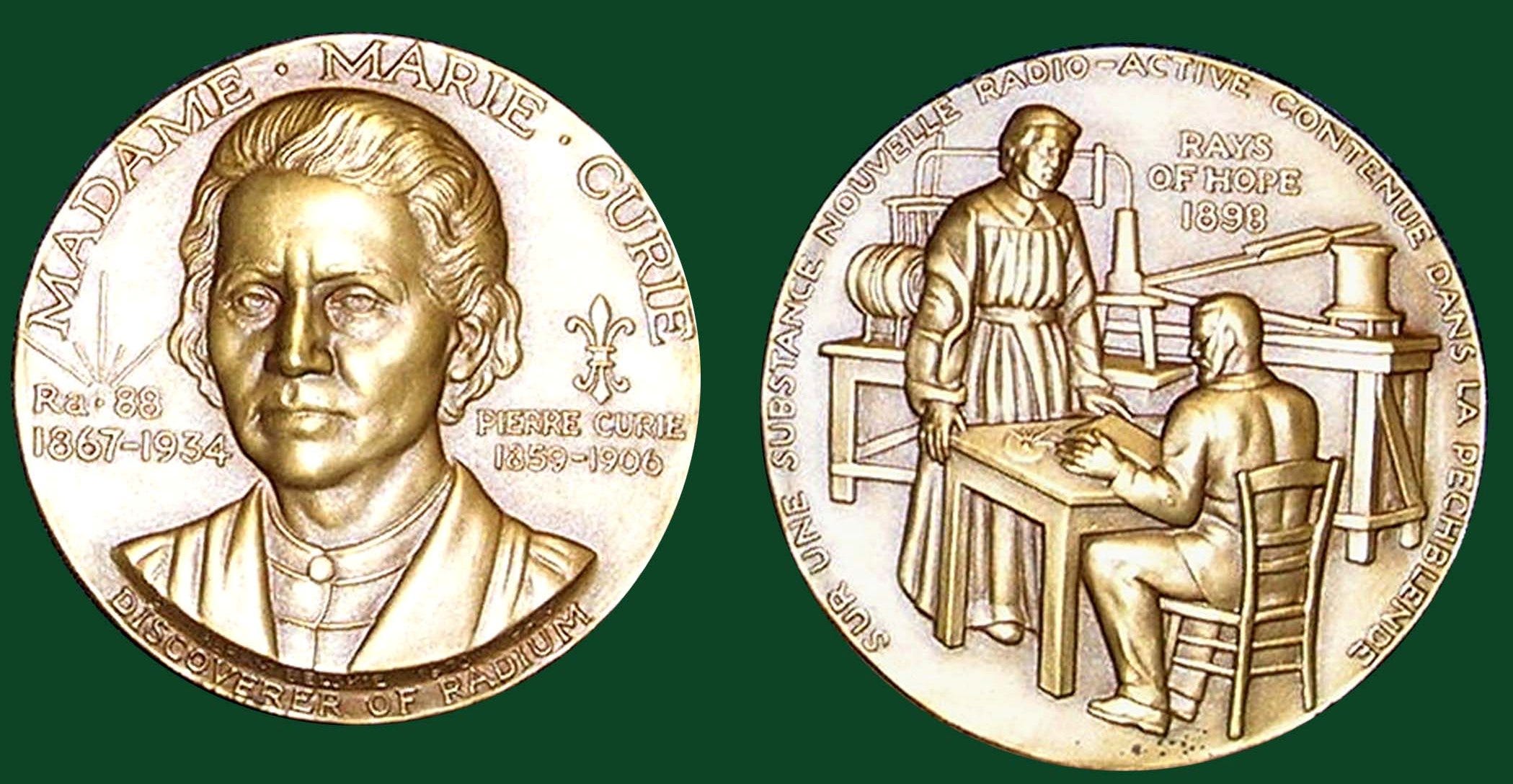 Actonian Prize (1907)Awarded for the "person who in the judgement of the committee of managers for the time being of the Institution, should have been the author of the best essay illustrative of the wisdom and beneficence of the Almighty, in such department of science as the committee of managers should, in their discretion, have selected"
Actonian Prize (1907)Awarded for the "person who in the judgement of the committee of managers for the time being of the Institution, should have been the author of the best essay illustrative of the wisdom and beneficence of the Almighty, in such department of science as the committee of managers should, in their discretion, have selected" -
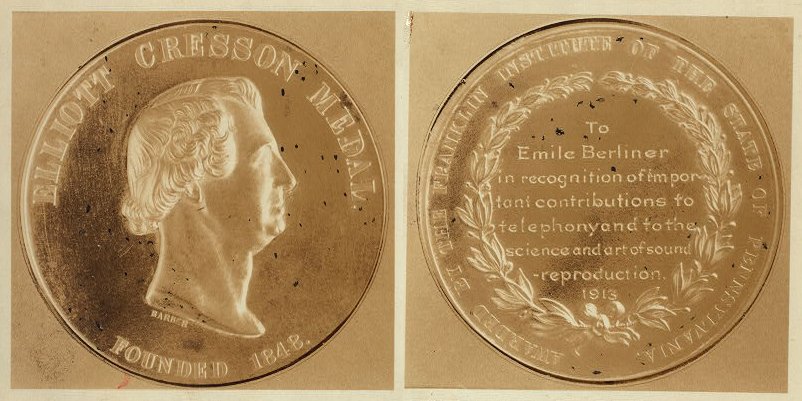 Elliott Cresson Medal (1909)The Elliott Cresson Medal, also known as the Elliott Cresson Gold Medal, was the highest award given by the Franklin Institute. Given to Curie in 1909 for her discovery of the element Radium.
Elliott Cresson Medal (1909)The Elliott Cresson Medal, also known as the Elliott Cresson Gold Medal, was the highest award given by the Franklin Institute. Given to Curie in 1909 for her discovery of the element Radium. -
 Nobel Prize in Chemistry (1911)Awarded to Marie Curie, "in recognition of her services to the advancement of chemistry by the discovery of the elements radium and polonium, by the isolation of radium and the study of the nature and compounds of this remarkable element."
Nobel Prize in Chemistry (1911)Awarded to Marie Curie, "in recognition of her services to the advancement of chemistry by the discovery of the elements radium and polonium, by the isolation of radium and the study of the nature and compounds of this remarkable element." -
 Franklin Medal (1921)The Franklin Institute seeks to provide public recognition and encouragement of excellence in science and technology. For three decades only one was given and that was to Marie Curie in 1921. Since 1937 they have been awarded more liberally but still quite selectively, for major contributions in the sciences.
Franklin Medal (1921)The Franklin Institute seeks to provide public recognition and encouragement of excellence in science and technology. For three decades only one was given and that was to Marie Curie in 1921. Since 1937 they have been awarded more liberally but still quite selectively, for major contributions in the sciences.